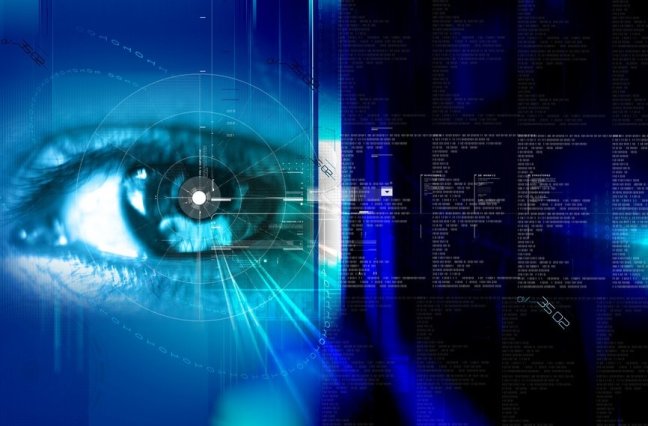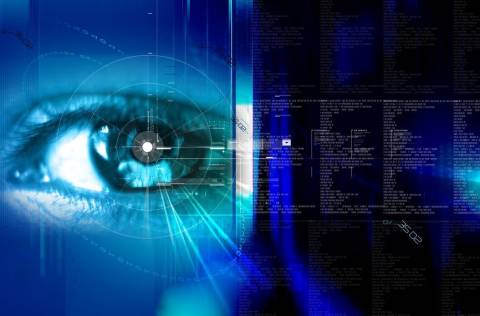25 conflict resolution strategies for customer service
Learn some of the best conflict resolution strategies for customer service agents that can help improve customer experience in your call center.
CallMiner Outreach is here! |Learn about the future of CX

Solutions
Products
Customers
Solutions
Products
Customers
Resources
Company
The detailed legal process of evidence gathering by both government authorities and licensed lawyers termed “Discovery” involves acute attention to detail and consistent documentation of research steps taken along the way.
In today’s reality of widespread computing, cloud networks and an exponentially expanding ecosystem of information on the Internet, traditional ways of managing this process have experienced sustained change. Namely, the emergence of ‘eDiscovery’ as a broadly defined information gathering process related to the identification, collection, and production of electronically stored information (ESI) arose in response to the vast volume of information that’s now stored digitally.
When there’s a request for production of information in an investigation or lawsuit, discovery must now encompass not only physical documents and information, but also a significant volume of ESI – a complex process given the many platforms, channels, and formats in which ESI exists. These processes continue to evolve as information technology further develops.
For helpful information on fraud prevention through the use of AI, download our white paper, Preventing Fraud and Preserving CX with AI.
Read on to learn a bit more about the meaning of the term ‘eDiscovery’ as well as the current legal and procedural landscape that surrounds it.
Electronic Discovery, or eDiscovery, is the process of retrieving information for legal purposes by electronic means. Compared to traditional information discovery avenues, eDiscovery encompasses a wide and quickly expanding range of mediums, including electronic documents, emails, databases, digital audio/video (such as call center call recordings), social media, and more.
The electronic discovery process mirrors that of traditional legal discovery in purpose: allowing parties involved in a trial or investigation to gather relevant information from each other as well as any other sources legally accessible to them to aid in their cases.
The electronic discovery process begins with the identification of relevant information sources and ends with the production of standards-compliant documents. Below, we cover each step in this process in greater detail.
This stage of the eDiscovery process involves assessing potential sources of information stored electronically. It is during this part of the process that data is not only located, but also traced to its origin.
In most cases, organizations are required by local legislation to keep close tabs on data to facilitate eDiscovery efforts should the need arise. The use of a specialized litigation response plan that establishes policies for accommodating legal and regulatory obligations is important at this stage of the eDiscovery process. For instance, call recordings are kept by call centers for several reasons, including improving customer service quality and protecting the business against liability. However, those recordings must be PCI compliant, meaning that sensitive information such as credit card numbers and CV2 security numbers must be redacted in both recordings and call transcriptions.
Call recordings are also used to ensure compliance with the Fair Debt Collection Practices Act (FDCPA), which requires that consumers be informed about the purpose of the call on the first contact (a legal warning known as the Mini-Miranda). Should a consumer bring a lawsuit against a debt collector or debt collection agency, call recordings can be used as proof that the debt collector complied with this requirement. Having the right technology in place to collect this essential information, such as a call center risk and compliance monitoring solution, is vital for any business subject to regulatory compliance. Factors such as technical expertise of personnel and available internal systems should be considered, as well.
This phase of the eDiscovery process hinges on the cooperation of legal and IT professionals with each other to lawfully search for and extract relevant information from the systems it is stored on.
Anything from data in active, daily use to information stored on distributed cloud networks may need to be collected, making specialized personnel necessary to complete the process correctly. It is important to note that even damaged files and information stored in each file’s metadata must be taken into consideration as data is collected.
This part of the eDiscovery process depends primarily on the amount of information that has been identified and collected. Large, sprawling data sets represent a greater challenge for legal teams to work with, requiring significantly more time to analyze during the review stage than more focused collections of data.
During the review stage of eDiscovery, legal teams pull out the most important information contained in the data they have collected as it pertains to the case they are working on. Due to the inherent complexity of this process, it can often prove to be expensive to complete.
At this final stage of the eDiscovery process, information is represented in an agreed-upon format and stored securely for use. Forms of production range from files produced in their native formats to all information being produced on paper.
Although simply producing files in their native formats may seem to be the most useful and least labor-intensive approach to this procedure, issues with hidden metadata, software limitations and damage can make other forms of production a better fit for the task.
The eDiscovery process has been met with legally imposed limitations since advanced technological means of communicating first came into widespread use. Relevant Acts such as the following play (or played) a pivotal role in dictating what is and is not allowed in eDiscovery:
With the passing of the Communications Act of 1934 came the Federal Communications Commission (FCC) and protection of all communication conducted over wire and radio transmissions unless a court ordered such information to be revealed.
The Telecommunications Act of 1996 replaced the original Communications Act of 1934, bringing into consideration the relevance and scope of the Internet for the first time. Consumer privacy and Internet service provider immunity from liability for third-party content were defined in this act among many other important legal telecommunications concepts.
eDiscovery may seem irrelevant to your business now, but in the event that you’re asked to produce information for a law suit or investigation, having the proper procedures in place to respond in a timely manner will save you significant time and money.
How has your business accommodated eDiscovery procedures?
CallMiner is the global leader in AI-powered conversation intelligence to improve customer experience (CX). CallMiner delivers the industry’s most comprehensive platform to analyze omnichannel customer interactions at scale, combining deep domain expertise with cutting edge AI analytics and machine learning. By uncovering better intelligence, CallMiner enables companies to identify areas of opportunity to drive better experiences, ultimately leading to business improvement, growth and transformational change. CallMiner is trusted by the world’s leading organizations across all major verticals including technology, media and telecom (TMT), retail, manufacturing, financial services, healthcare, and travel and hospitality.

